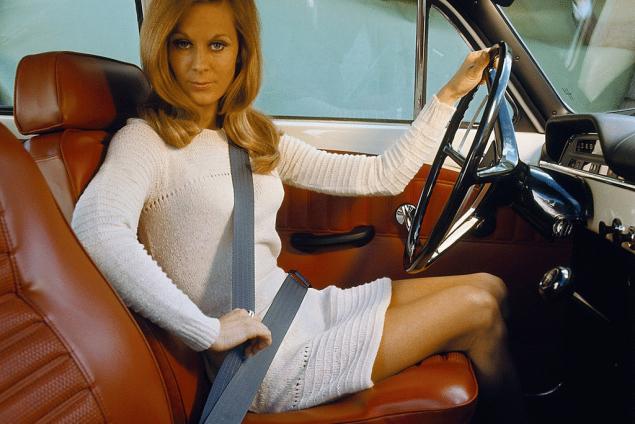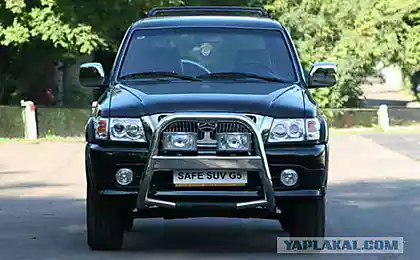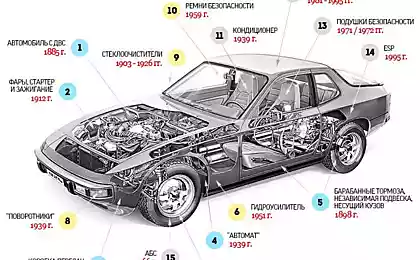505
Experts named the safest place in the car
Place in the middle of the back seat of a car often described as the most uncomfortable, sit on it and taken only when absolutely necessary — if busy other places. But the "middle rear" seat is the safest. To this conclusion came American scientists from the University of Buffalo.
It turned out that the back seat in 59-86% safer than front. And the rear center seat is 20% safer than the rest of the rear seats.

"We took into account a lot of factors, such as the use of restraints, vehicle type, vehicle weight, age of the driver and passengers, the weather, the lighting, the deployment of airbags and more. And it turned out that the middle seat back still 20% safer than any other place in the vehicle," — said the head group of scientists Gela Dietrich (Dietrich Jehle).
One of the reasons for this security, according to Jele, is a much larger space that is not "compressed" in a collision. Moreover, during the accident, when the car just grips, passengers who sit in the center rear, not so much has a "rotational force".

Found that almost half of the passengers on the rear seats (45,8%) during a crash were not wearing seat belts, and the result is 35.7% of those unbelted passengers died, compared to only 15.8% of "carriers" of the belts.
That is, I came to the conclusion that fastened the rear passengers is 2.4-3.2 times more likely to survive an accident than people who do not wear seat belts.

Source: /users/413
It turned out that the back seat in 59-86% safer than front. And the rear center seat is 20% safer than the rest of the rear seats.

"We took into account a lot of factors, such as the use of restraints, vehicle type, vehicle weight, age of the driver and passengers, the weather, the lighting, the deployment of airbags and more. And it turned out that the middle seat back still 20% safer than any other place in the vehicle," — said the head group of scientists Gela Dietrich (Dietrich Jehle).
One of the reasons for this security, according to Jele, is a much larger space that is not "compressed" in a collision. Moreover, during the accident, when the car just grips, passengers who sit in the center rear, not so much has a "rotational force".

Found that almost half of the passengers on the rear seats (45,8%) during a crash were not wearing seat belts, and the result is 35.7% of those unbelted passengers died, compared to only 15.8% of "carriers" of the belts.
That is, I came to the conclusion that fastened the rear passengers is 2.4-3.2 times more likely to survive an accident than people who do not wear seat belts.

Source: /users/413
Created the world's first passenger electroanalyt
Why the people of the Faroe Islands kill dolphins?






















